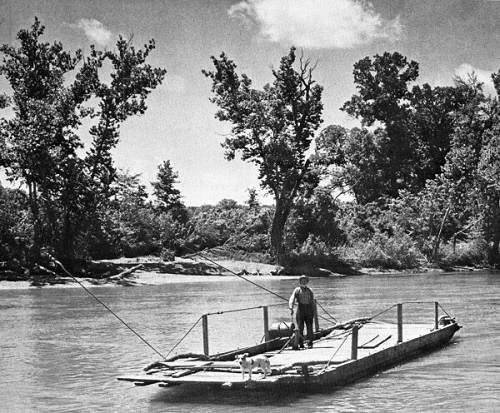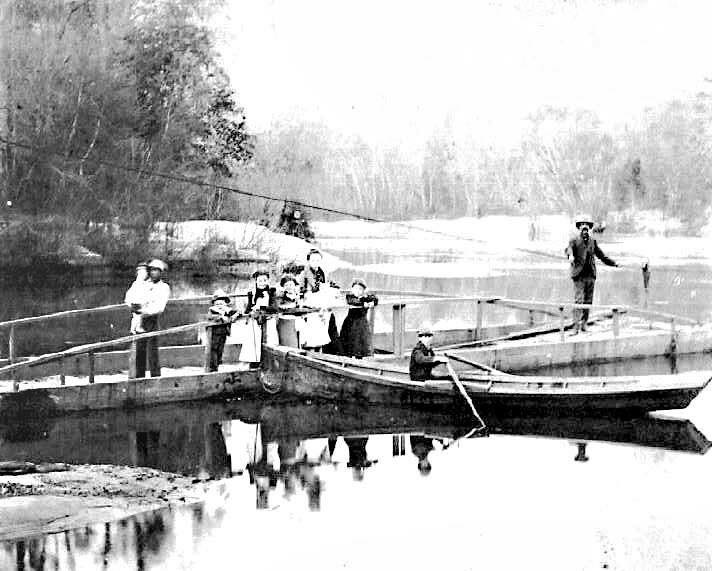Colleen Doggett
Shelby County Historical Society
September & October, 2017 Newsletter
September Meeting
|
|
|
Colleen Doggett |
 |
 |
|
Ferry crossings in Shelby and Panola Counties |
October Meeting
|
Larry Hume |
Larry Hume |
|
Shelby County Museum hosted a program on “Shelby County in World War I” by Larry Hume on Tuesday, October 17, 2017. Mr. Hume was introduced to the crowd by program chairperson, Ann Bowen. Mr. Hume started the program by stating the goal of the VFW Post 8904 was to identify all veterans from Shelby County, who served in WWI and where they are buried. This also includes any veterans not originally from Shelby County but now buried here. The United States entered World War I on April 6, 1917 and the war would end November 11, 1918. The war had been raging in Europe since 1914. At the time the U.S. entered the war, the courthouse was only 32 years old. June 5, 1917 was a very busy day for the courthouse as it was the first of three drafts for men between the age of 21 – 31. To register for the draft, all a man had to do was fill out a draft card. Our “boys” (men from Shelby County) either volunteered or were drafted. During this time if someone said, “over there” everyone knew it meant France To date, 887 Shelby County men have been identified as serving from Shelby County with 337 being sent overseas. September 1917 was another big draft of about 75 with most of them being sent to Fort Travis in San Antonio for basic training. Another draft of about 100 for Shelby County was held in May 1918. Out of the 100 drafted in May, Calvin Ramey was the only one to not survive the war. June of 1917 the first U.S. combat troops landed in France. The war raged on until November 11, 1918 and this date was first called Armistice Day but now is known as Veterans Day. The total casualties for World War I for the United States were: Killed in Action (KIA) 53,402, Missing in Action (MIA) 4,400, Other 63,306 (most died was diseases). Shelby County totals for WWI were: KIA 16, MIA 1, Other 18. From 1918 – 1919 during the world-wide flu epidemic many of the 63 plus died from the flu. Shelby County had one nurse who was involved in helping with the flu epidemic and her name was Elizabeth Holmes (1879-1956). She served at Walter Reed Hospital in Washington D.C. and Camp Logan in Texas. She was 38 years old at the time she enlisted and was a sister to W. I. Davis. Women who served during this time were considered part of the Army but did not have any rank. Holmes was the first woman to join the Norman G. Crocker American Legion Post. Mr. Hume stated he had identified only one other woman from Shelby County, Florence Shepherd of Timpson, who served in WWI. She served as a yeoman in the United States Navy. The first soldier from Shelby County to die in the war was Jimmie E. Chandler who died of pneumonia at Camp Bowie, Fort Worth, Texas. He died November 27, 1917 and is buried at Mount Pleasant Cemetery. The very next day another Shelby County soldier, Wilburn Taylor, would also die from pneumonia. Before the end of the war, there would be 13 more young men from Shelby County who would die from pneumonia. Sixteen of our boys from Shelby County were killed in action and the most famous is probably Norman Crocker. In February 1918, British convoy troopship “The Tuscania” was sunk by German submarines. Norman G. Crocker, A&M class of 1917, was among the 100 men who died. He is the first known Aggie to die in World War I. A dorm which had been built earlier to honor his memory was demolished in 2011. Crocker is buried at Antioch Cemetery in the James Community. There was another young man, Jody Ferguson, on the same ship as Norman. He survived the sinking of the ship “Luscana”, only to be killed in action on June 3, 1918. Last local boy from Shelby County to be killed in action was Nathaniel Hawthorne Tims of Timpson. He was killed on 4 November 1918 in France only one week before the end of the war. He is buried at Woodlawn Cemetery in Timpson. In between Jimmie Chandler and Nathaniel Tims are the following who were killed during the war: Clyde Chance, Freddie Choate, Jody Ferguson, Bert Gordon, Ira Hoffman, Fred Lindsey, Forman McCann, Clyde Morrison, John Norman, Stephen Oates, John Turner, John Yeary, Alexander Ramsey, and Robert Ramsey. Larry said, “Look at the names on the bottom. They, Ramsey, were brothers and were killed 49 days apart and both are buried in France in separate cemeteries. The strange thing about them is that death was the 1st time they had been apart. They registered together, were induced together, went to basic camp together, were assigned to the same unit, and went overseas (France) together”. Shelby County has one person who has been missing for 99 years. His name is John William Temple of Shelbyville. He was reported MIA on July 19, 1918 in France and his name is memorialized on the Tablets of The Missing at Aisne-Marne American Cemetery in France. Shelby County did have a marine aviator and his name was Lt. Neel Davis of Campti. He was also a brother of W. I. Davis and nurse, Elizabeth Holmes. Flying was a dangerous business in those days. You should remember it was 1918 and the Wright brothers flight was in 1903 which was only 14 short years earlier. In fact, they weren’t called airplanes or aero planes but machines. During the WW I, there were also African Americans who served such as Willie Swindle. He served in an all-black unit. WWI and WWII there were all segregated units except for officers who were usually white. After the war, Mr. Swindle became a reverend. Of the almost 900 names identified, 170 were African American who served from Shelby County or who are buried here. One of these casualties is Joe Taylor, who died of meningitis and is buried in France. We also have Navy guys and one named is Shorty Baugh. He served aboard a minesweeper, “Auk”. His job was to keep the engines going while the ship was sweeping for mines. Of the almost 900 names so far identified only 19 served in the Navy during WWI. During WW I, the Army still had horses and mules. Mr. Bogard was a farrier and was assigned to the Veterinary Corp. They had a military rank called wagoner. Wagons were used to move supplies and equipment. There were lots and lots of animals used during WW I. Larry also told how the military handled the bodies of the soldiers who were killed. Many were buried near the area in which they were killed. After the war ended, the government gave many of the families of the deceased soldiers an opportunity to either leave their loved one buried on foreign land or to bring the body home to be re-interred near the families. Mr. Hume closed the program by letting the group know VFW Post 8904 and the Auxiliary are planning a community wide celebration on Veterans Day, 2018. One of the things they are hoping to accomplish by then with everyone’s help is to gather enough knitted or crocheted poppies to represent all the names collected over the next year. Finished poppies should be about 5” across and can use all combination of yarn and needles desired to achieve this. All poppies shouldn’t be alike as each soldier was different. Patterns and instructions can be found at: https://www.dropbox.com/sh/fzu8y2bm013owcp/AACMBEOxZWlesC7nqP7VabZUa?dl=0 Additional patterns at https://www.happilyhooked.com/6-free-poppy-patterns/ If you would like to supply yarn, make sure it is RED; bring it to Chief Imaging. Monetary donations may also be made to help with the cost of yarn. Call Theresa Hume, Auxiliary Treasurer, at 936-598-2976 or email nerd759@gmail.com for additional information.
|
Donation to the Museum
Woodmen of the World
-----------------------------------------------------------------------------------------------
Memorial Donations
James Greer
Jimmy Matthews
Barbara Miller
donated by
donated by
donated by
J. C. & Venorah McSwain
J. C. & Venorah McSwain J.
C. & Venorah McSwain
Faye McSwain
Danny Tomlin
Winifred Whitlock
donated by
donated by
donated by
J. C. & Venorah McSwain
J. C. & Venorah McSwain
Leonard Irish